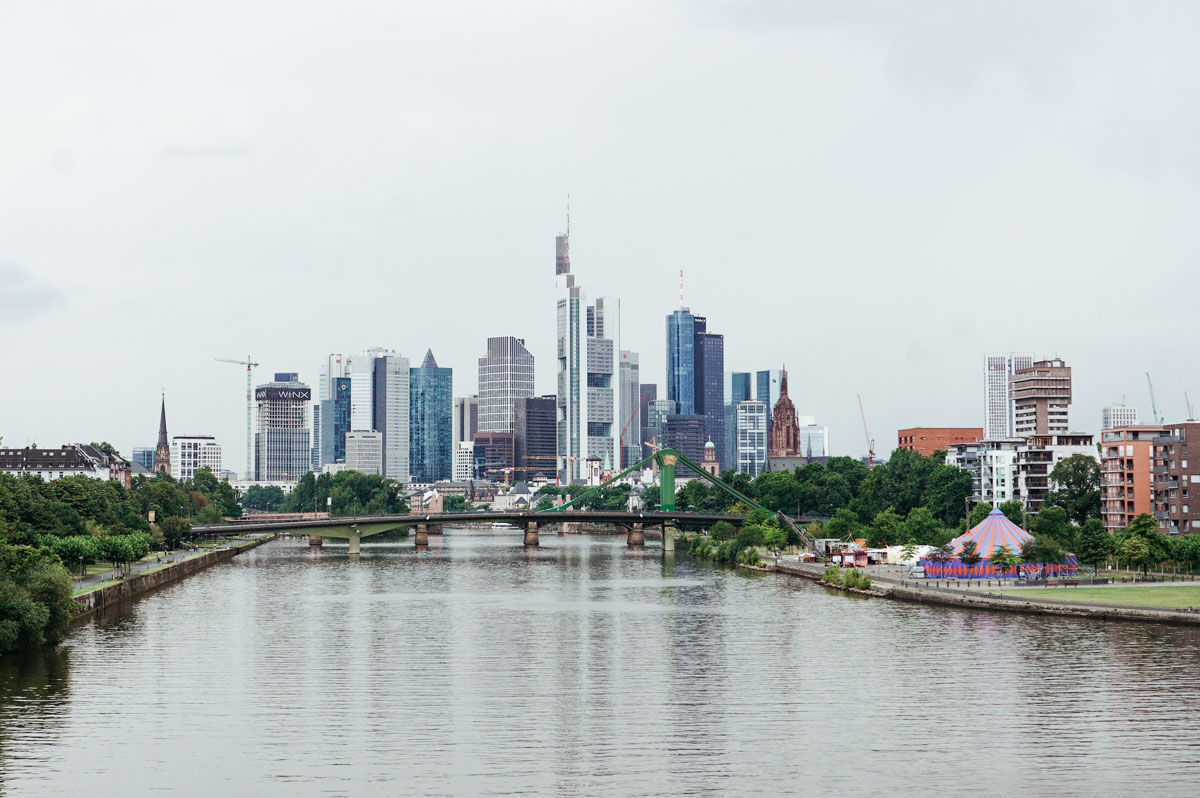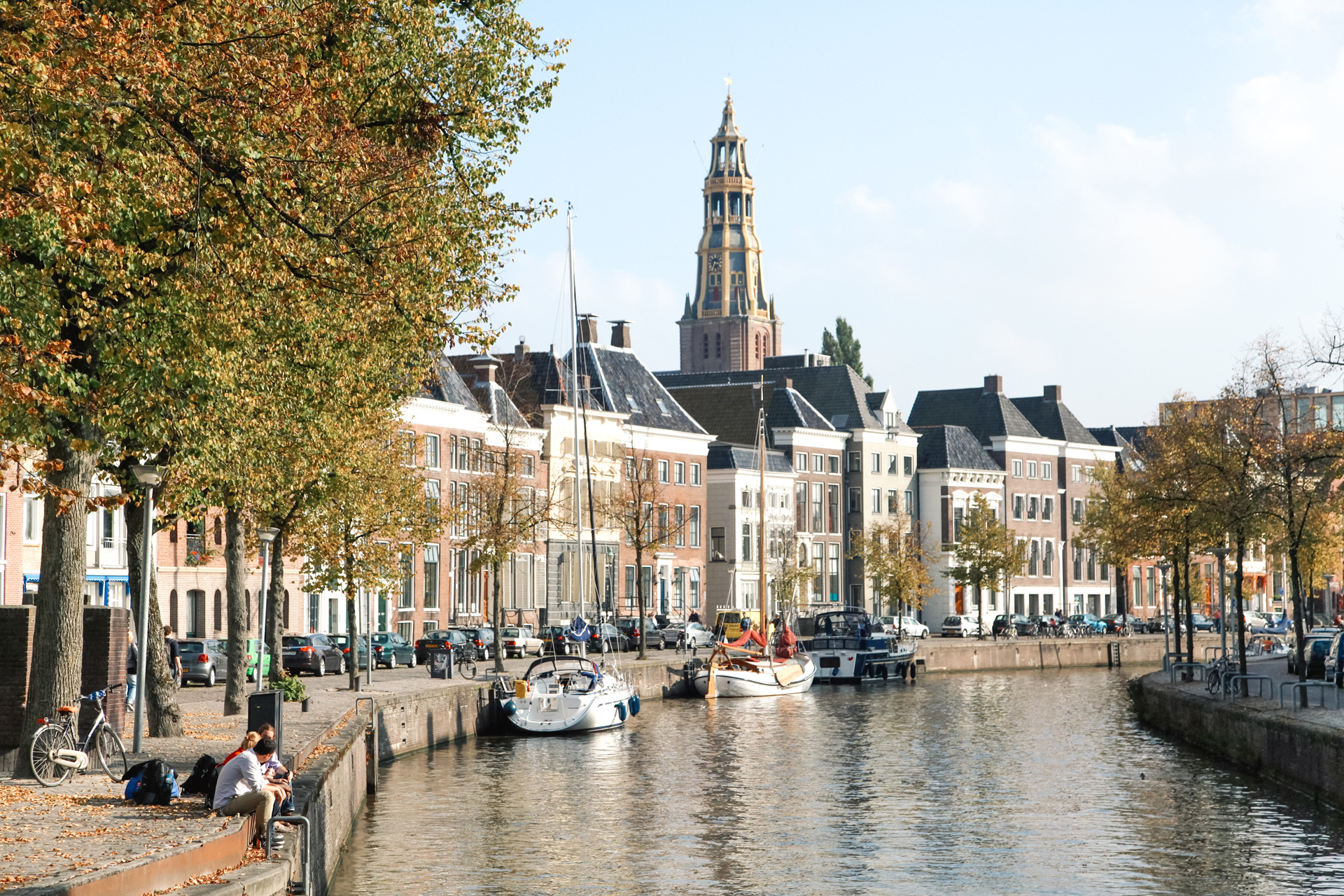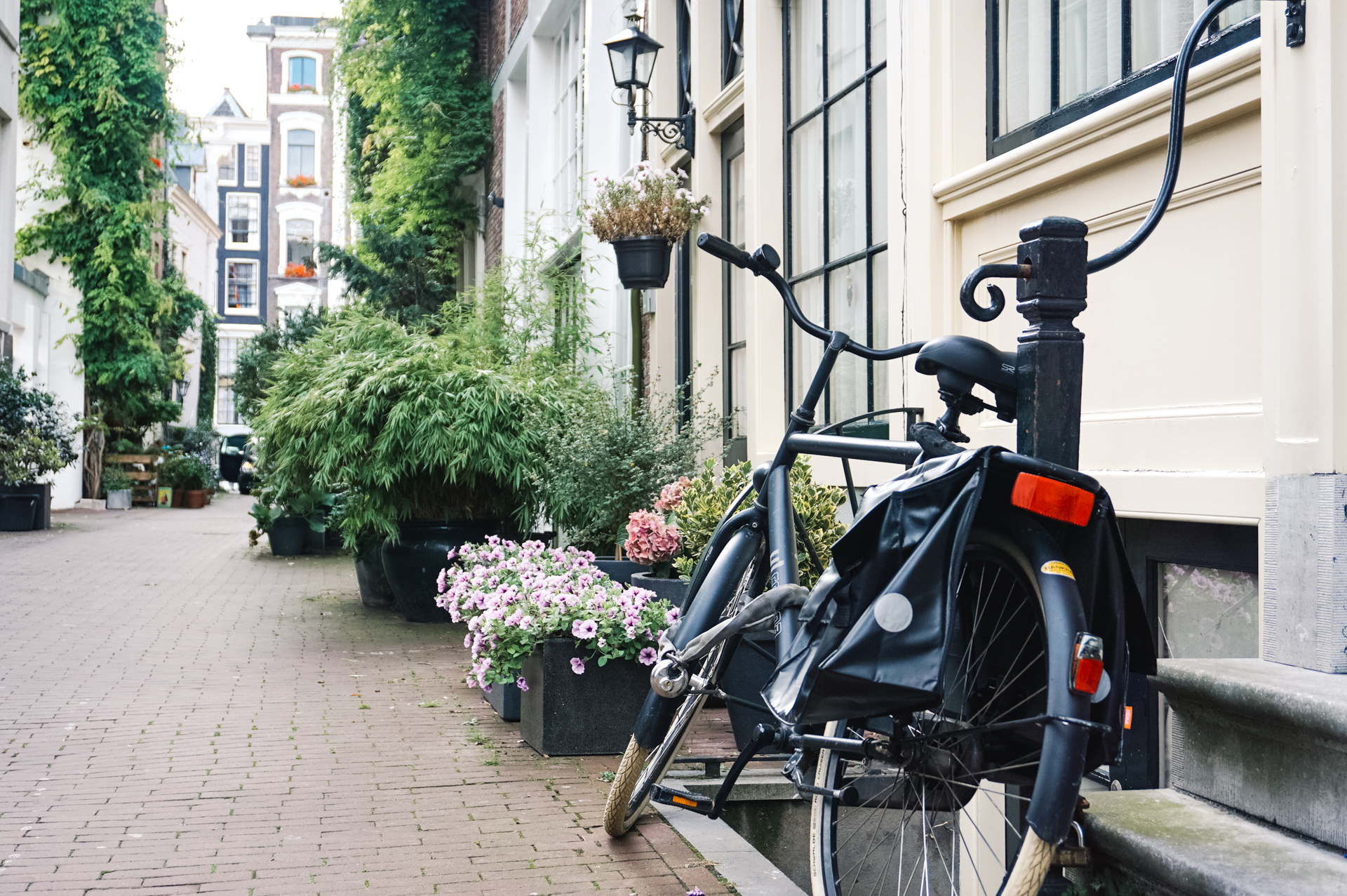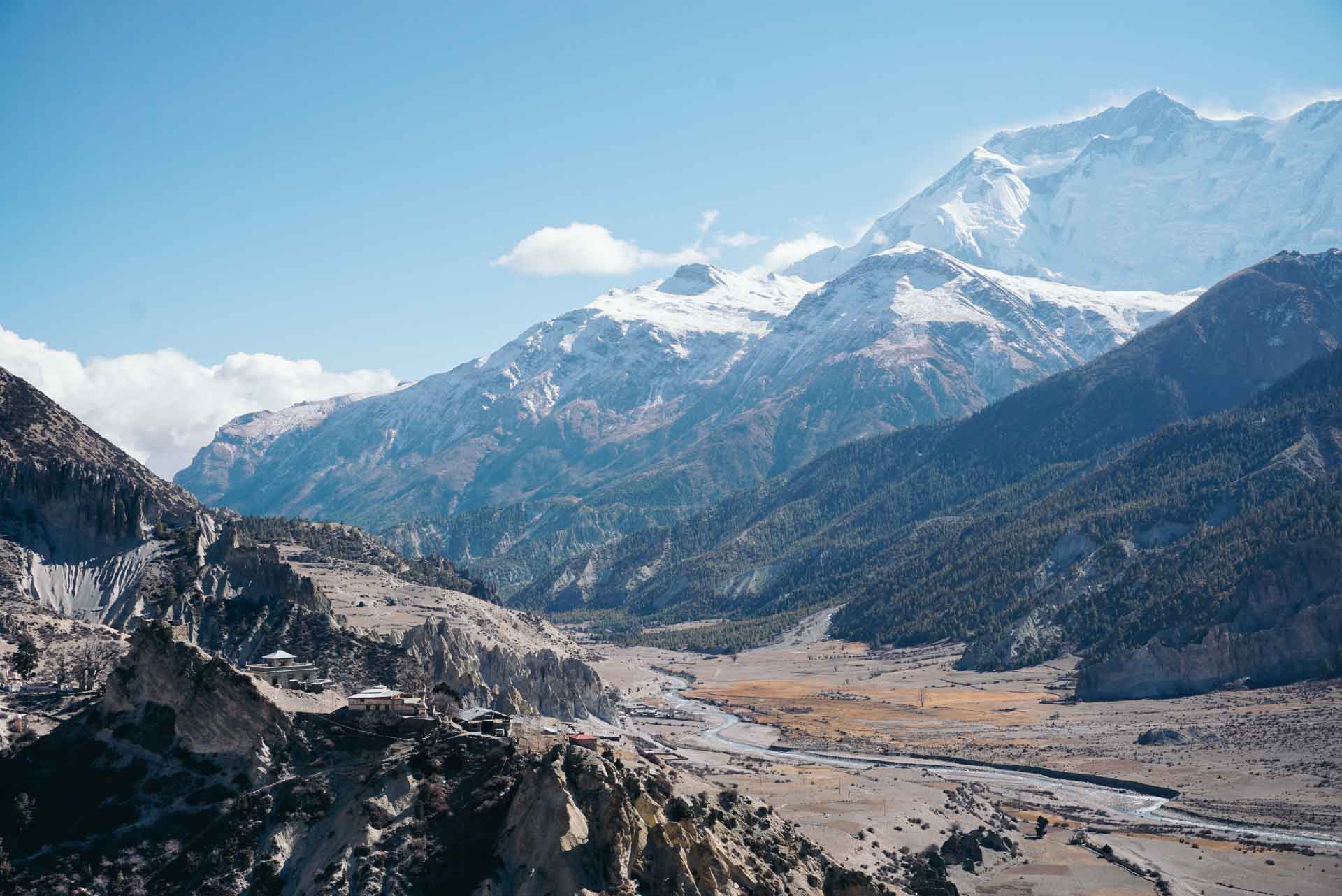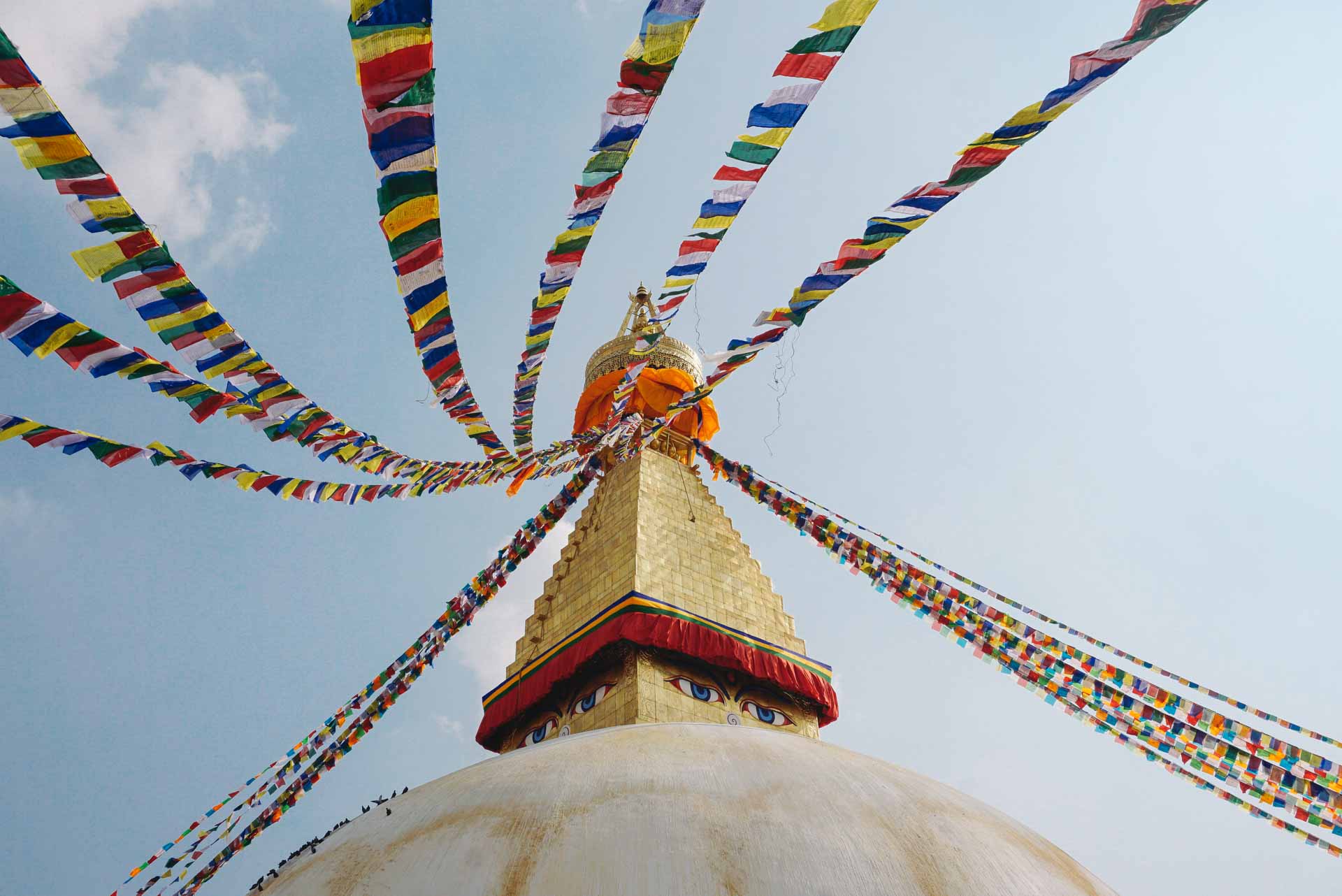Stuttgart
Wanderings in Baden-Württemberg
VAIHINGEN AN DER ENZ
April 20th, 2018
For the next 3 weeks following my departure from Frankfurt to Amsterdam, my route took me through the Netherlands, down to Belgium and through Luxembourg before I finally returned to Germany, where I would spend the next month in Stuttgart and Berlin. A long 6-hour journey presented itself before me, as the bus departed from Luxembourg Central station, first passing through the beautiful rolling hills to Schengen, the town marking the tri-point of Germany, France and Luxembourg, and where the Schengen Agreement was signed. The journey then took me through the more pronounced plains of the Saarland in southwestern Germany to Saarbrucken, and following an entire hour’s wait at Kaiserslautern, I passed through Mannheim and Heilbronn before finally disembarking at Stuttgart North.
My weary face was washed awake by the evening sun, and my spirits were instantly lifted when I saw my friend Simon that I met in Lombok, Indonesia, standing nearby awaiting my arrival. I would stay with him for a week in his hometown of Vaihingen an der Enz, a suburb in the greater Stuttgart area. You can’t imagine how delighted I must have been to see him again, despite being only a month and a half. He walked me to his Skoda and we set off for the final 20-minute leg to Vaihingen, stopping at a Rewe supermarket along the way for groceries and of course, a few celebratory beers. Along the way he talked me through the bus accident that he and another mutual friend, Manuel, were involved in back in Indonesia. It was crushing to know he’s no longer in this world, and although there was a slight feeling of grief on the way, it could not have trumped how thankful I was to be able to visit Simon, and I’m sure Manuel must be smiling to know I managed to make it all the way here.
We spent the next few days cruising around town, picnicking and hanging out with Cassandra and Philip, Simon’s close friends, of whom were very welcoming of my visit. Vaihingen’s population consisted of around 30,000, and has been around for at least nine centuries. It was also the site of a concentration camp in Nazi Germany, and a memorial remembering those who perished has now stood in its place.
On a lighter note, little did I know that the best döner kebab in the world (I swear, it’s the best I’ve ever tried) can be found at a place called Artos, right in the middle of Vaihingen’s town center. Who knew? During my week’s stay in Vaihingen I must have had at least five of them. It’s true what they say about hidden treasures you will find when taking the road less traveled.
An evening was spent hanging out with Simon and his friends at a beer festival in Bietigheim-Bissingen, though it felt more like a carnival, complete with rides and a haunted house. Good times were had with his friend Philip when we snuck around stealing empty pints from unwary festival-goers where we could return them for an euro each. When in Swabia, do as Swabians do. Checked that one off the bucketlist!
I took one morning to wander the seemingly endless open fields outside the town, and it felt extremely liberating to be present at that very moment, halfway around the world. It’s exhilarating. Simon and I drove up to the top of a hill where gliders would usually take off and land from. The view was a nice change from the concrete jungle of Singapore. Undulating fields of green were dotted with communities of white and yellow, with the tips of churches and castle towers marking them. In the distance facing Southwest, I make out the dark green outlines of the Black Forest before they faded off into the mountainous horizon. The half-timbered houses of Vaihingen were really picturesque, and gave the town the quintessential Baden-Württemberg / South-German look. Strolling around the streets and narrow alleyways, taking in the town’s life and capturing its peaceful atmosphere through the lens of my camera became my routine for the next few mornings, and in the afternoon I would take the 30-minute ride on the S-Bahn towards Stuttgart to get my work done there.









STUTTGART
Waking up to local bread and German sausages, appreciating small-town life with friends I met in the most unlikeliest of places– I wouldn’t trade that for anything in the world. It’s just one of those experiences that I would always cherish.
The peace and quiet of Vaihingen gradually transitioned into the hustle and bustle of Stuttgart, Baden-Württemburg’s state capital. I knew I would dearly miss the atmosphere of the South German countryside. Simon managed to hook me up with a place to stay courtesy of his friend Vy, a Vietnamese-German who was really kind enough to host me for 5 nights in her student apartment. I was introduced to all her roommates, and we hung out by the balcony in the setting sun over the Stuttgart valley. The apartment that I stayed in was a stone’s throw away from the city center, and that helped to ease my spending on public transport quite a bit. For the uninformed, Stuttgart is Germany’s most expensive city when it comes to public transport and amenities. A two-way trip from Vaihingen would set me back 12 Euros each time! And since I had become accustomed to the walkability of European cities, I rarely ever took the bus or the S-Bahn, if I could skip it.
Stuttgart being the headquarters of two of the most well-known auto manufacturers in the world, Porsche and Mercedes-Benz, an opportunity to learn more about German automobile history seemed too good of a chance to pass, and with that I decided to pay a visit to the Porsche Museum in Zuffenhausen, just north of the city.
When looking outward from the city center, I noticed that Stuttgart lies in a bowl-shaped valley surrounded by neighbourhoods sweeping across the hills all around. This meant that morning fog could enshroud the city, adding another problem to what the residents have to face. And if that wasn’t enough, Stuttgart holds the reputation for having the worst traffic in all of Germany. The city is often described as being the traffic-jam capital of Germany for years, but interestingly, in contrast, is also known as “zwischen Wald und Reben“, or “between forest and vines”, due to its proximity to nearby vineyards and forests, including the legendary Black Forest to the West.
I went with Simon to Killesbergpark, a well-maintained massive green space just to the north of the city center. Families with kids were out and about, and we came across a small family carnival which only seemed to be half-open. But before long I ended up in a public-access zoo housing a couple of animals such as mules, mallards, flamingos, and even llamas, which appeared to be enjoying themselves comfortably in the sun despite their thick, heavy fur. The center piece of the park was the Killesberg Tower, an imposing conical metal structure stayed by cable, about 10 floors high which we of course, climbed to the top of to take a few minutes off to gaze at the mass of rolling hills fading off into the horizon.





